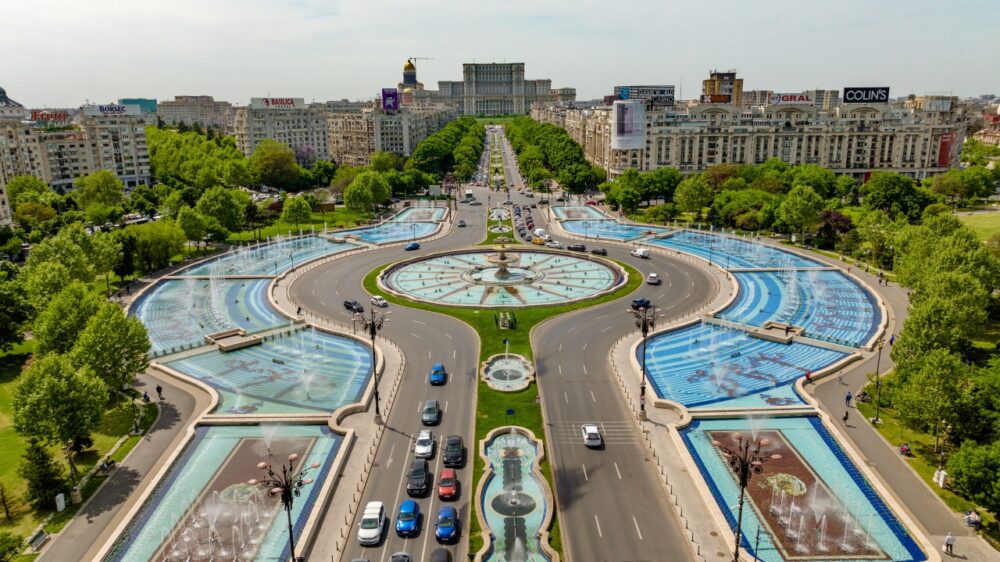
Is Bucharest worth visiting? Absolutely! When I first visited Bucharest, I wasn’t sure what to expect, but the city quickly won me over with its mix of grand architecture, lively energy, and fascinating history. From the elegant streets of the Old Town to the jaw-dropping size of the Palace of Parliament, Bucharest is a place where surprises are around every corner. Add in friendly locals and a thriving café culture, and it’s safe to say that Bucharest exceeded all my expectations.
As the capital of Romania, Bucharest is a city that’s both steeped in history and buzzing with modern life. Known as “Little Paris” during the early 20th century, the city still boasts plenty of belle époque charm alongside its communist-era landmarks and trendy new districts. Whether you’re exploring the vibrant Lipscani area, strolling through Cişmigiu Gardens, or sampling traditional Romanian dishes like sarmale, Bucharest offers something for everyone. And with its affordable prices, it’s a great destination for budget-conscious travellers.
But is Bucharest worth visiting for you? In this blog post, we’ll explore the top 10 reasons why Bucharest should be on your travel list, from its rich cultural heritage to its buzzing nightlife. Plus, we’ll share travel tips to help you make the most of your visit to Romania’s dynamic capital. Keep reading to discover why Bucharest might just surprise you.
Table of Contents
Pros – Reasons You Should Visit Bucharest
1. A Blend of Architectural Styles
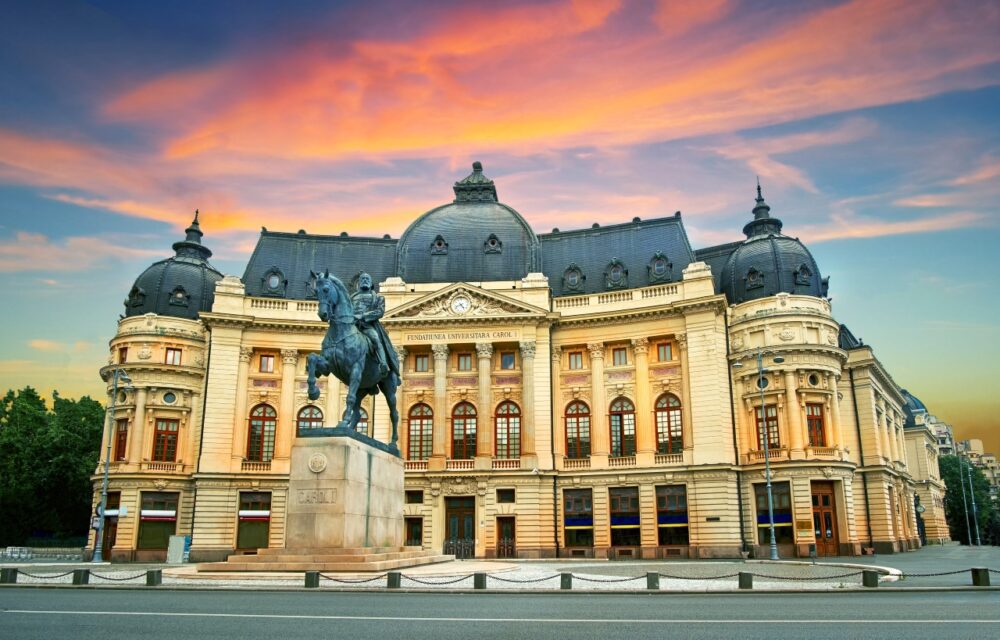
Bucharest is a city of contrasts, where elegant Belle Époque mansions, imposing Communist-era structures, and sleek modern buildings coexist. This eclectic mix gives the city a unique charm and tells the story of its complex history.
I loved walking through Calea Victoriei, where stunning neoclassical buildings sit beside contemporary hotels and glassy office towers. Highlights include the Romanian Athenaeum, Palace of the Parliament, and charming historic neighbourhoods like Cotroceni. Bucharest’s diverse architecture makes it a photographer’s dream and an endlessly fascinating destination.
2. The Palace of the Parliament
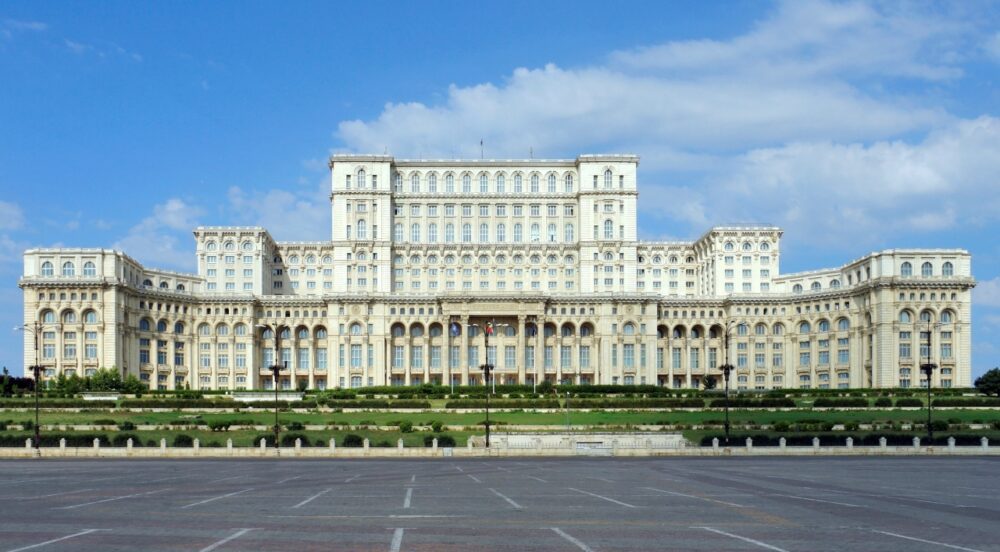
The Palace of the Parliament, a colossal structure and the second-largest administrative building in the world, is one of Bucharest’s most famous landmarks. Built during the Communist era, it represents both architectural ambition and political excess.
Touring this vast building was an unforgettable experience. The ornate halls, marble staircases, and sheer size left me in awe. Learning about its history during the tour added a layer of intrigue. Whether you’re interested in architecture, history, or politics, this is a must-see attraction.
3. Vibrant Nightlife Scene
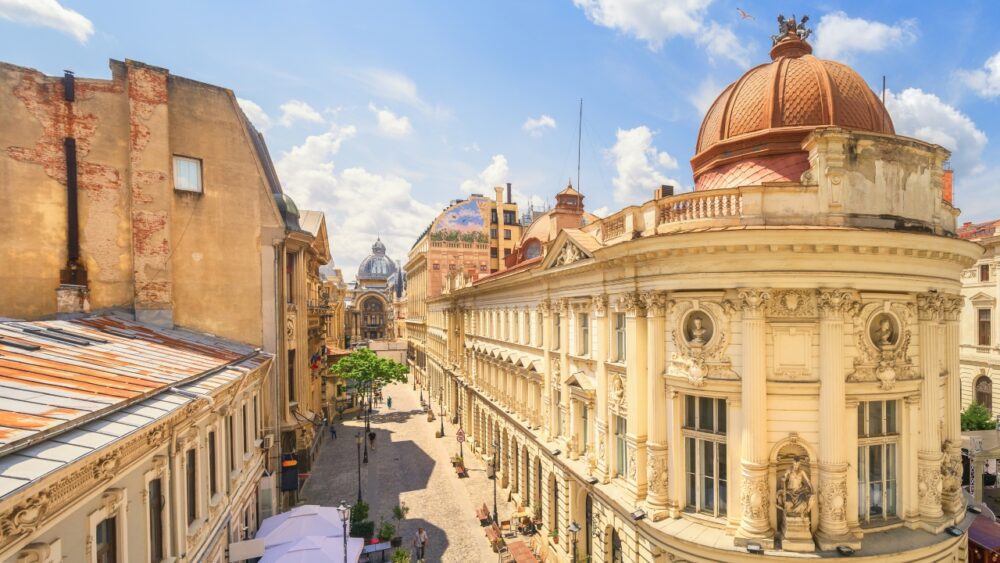
Bucharest has one of the most energetic nightlife scenes in Eastern Europe. The Old Town (Lipscani) is the heart of the action, filled with trendy bars, clubs, and live music venues. Whether you want to dance the night away or sip cocktails in a chic lounge, Bucharest delivers.
I spent an evening exploring Lipscani and was impressed by the variety of options, from intimate jazz bars to high-energy nightclubs. The atmosphere is friendly and inclusive, making it easy for visitors to join the fun. For night owls, Bucharest offers endless possibilities.
4. Affordability
Compared to many European capitals, Bucharest is incredibly affordable. Accommodation, dining, and transport come at a fraction of the cost in cities like Paris or London, making it a great destination for budget-conscious travellers.
I enjoyed a delicious three-course meal for under €15 at a traditional Romanian restaurant, and public transport tickets were just a few euros. Bucharest’s affordability means you can experience high-quality food, attractions, and entertainment without overspending.
5. Green Spaces and Parks
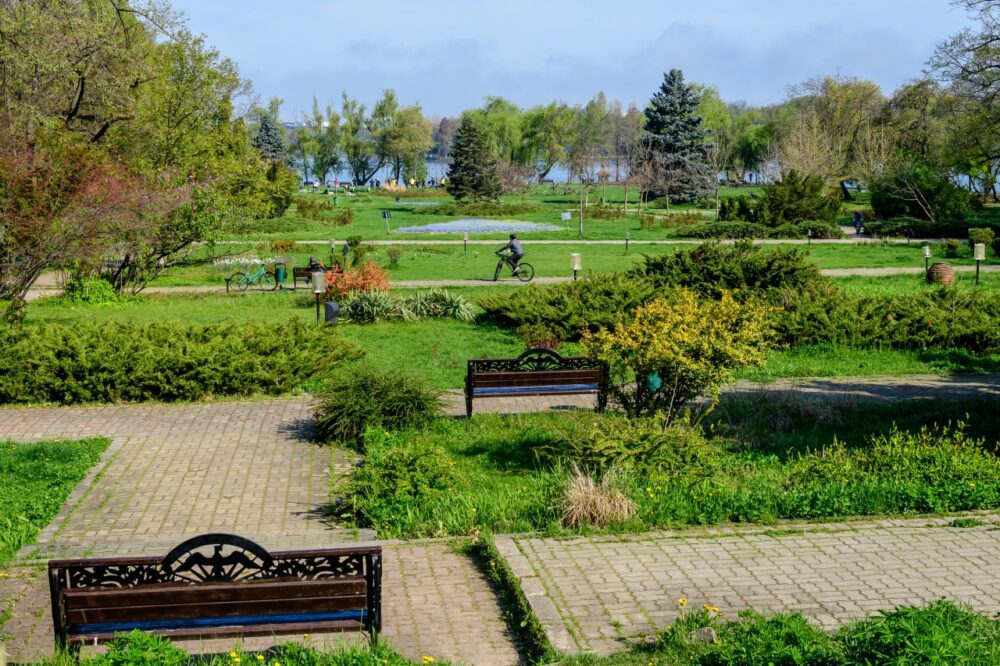
Despite its urban energy, Bucharest is surprisingly green, with numerous parks and gardens offering a peaceful escape. Herastrau Park, the city’s largest, features a lake, walking trails, and open spaces for picnics. Carol Park, with its grand mausoleum, is another highlight.
I spent a relaxing afternoon in Herastrau Park, enjoying a boat ride and taking in the serene surroundings. The abundance of green spaces makes Bucharest ideal for balancing city exploration with moments of tranquillity.
6. Thriving Café Culture
Bucharest’s café scene is diverse and vibrant, with options ranging from hip third-wave coffee spots to historic cafés with old-world charm. Many are housed in beautifully restored buildings, offering a cosy atmosphere for relaxation or work.
I stopped at Cărturești Carusel, a café-bookstore hybrid, and loved sipping coffee while browsing books. Bucharest’s café culture adds a laid-back dimension to the city, making it easy to unwind between sightseeing.
7. The Romanian Athenaeum
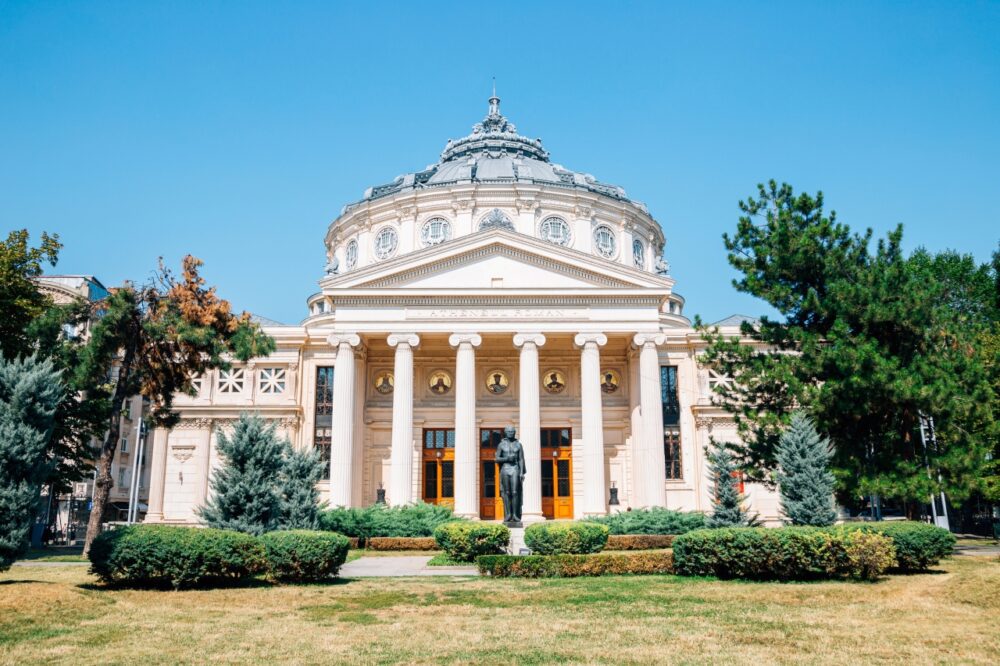
The Romanian Athenaeum, a stunning neoclassical concert hall, is both an architectural gem and a cultural icon. It’s the home of the George Enescu Philharmonic Orchestra and hosts numerous concerts and events throughout the year.
Attending a concert here was one of my trip’s highlights. The opulent interior, with its domed ceiling and frescoed walls, creates an unforgettable setting for live music. Even if you don’t attend a performance, a guided tour is worth it to admire the building’s beauty.
8. Delicious Romanian Cuisine
Bucharest is a food lover’s paradise, offering a mix of traditional Romanian dishes and international options. Specialties like sarmale (stuffed cabbage rolls), mici (grilled meat rolls), and papanași (fried doughnuts with sour cream and jam) showcase the country’s culinary heritage.
Dining at Caru’ cu Bere, a historic restaurant in the Old Town, was a highlight of my visit. The hearty portions, vibrant flavours, and welcoming atmosphere made it a memorable meal. Romanian cuisine is both comforting and unique, and Bucharest is the perfect place to explore it.
9. Unique Museums
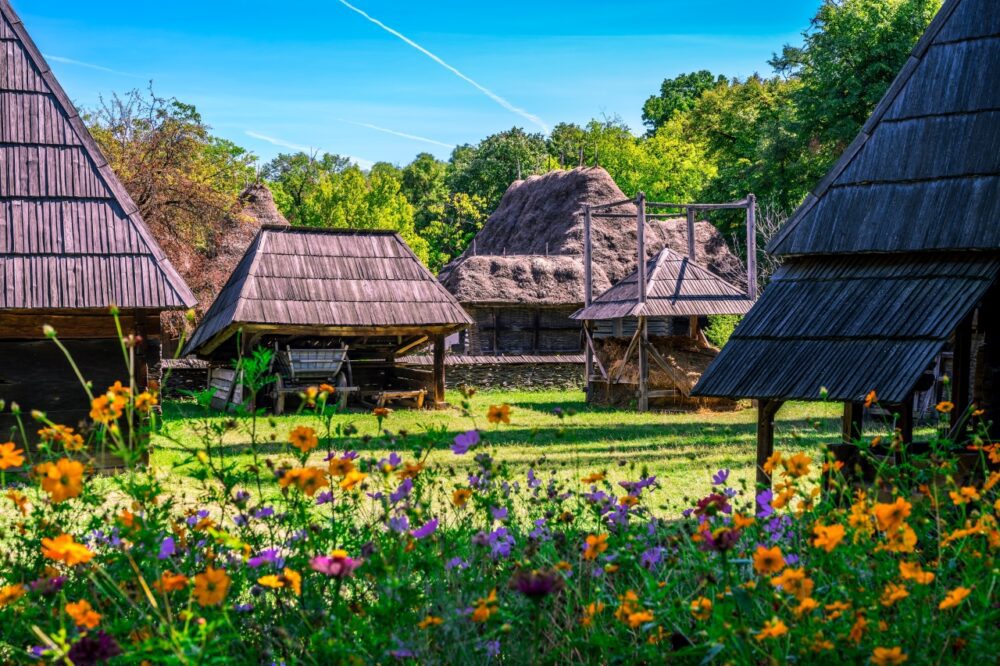
Bucharest is home to a wide array of museums that cater to diverse interests. The National Museum of Art of Romania, the Village Museum, and the Museum of the Romanian Peasant are among the top cultural institutions.
I particularly enjoyed the Village Museum, an open-air exhibit featuring traditional houses from different regions of Romania. Wandering through its grounds felt like stepping into the country’s rural past. The variety of museums ensures that there’s something for everyone, from art lovers to history buffs.
10. A Gateway to Romania’s Countryside
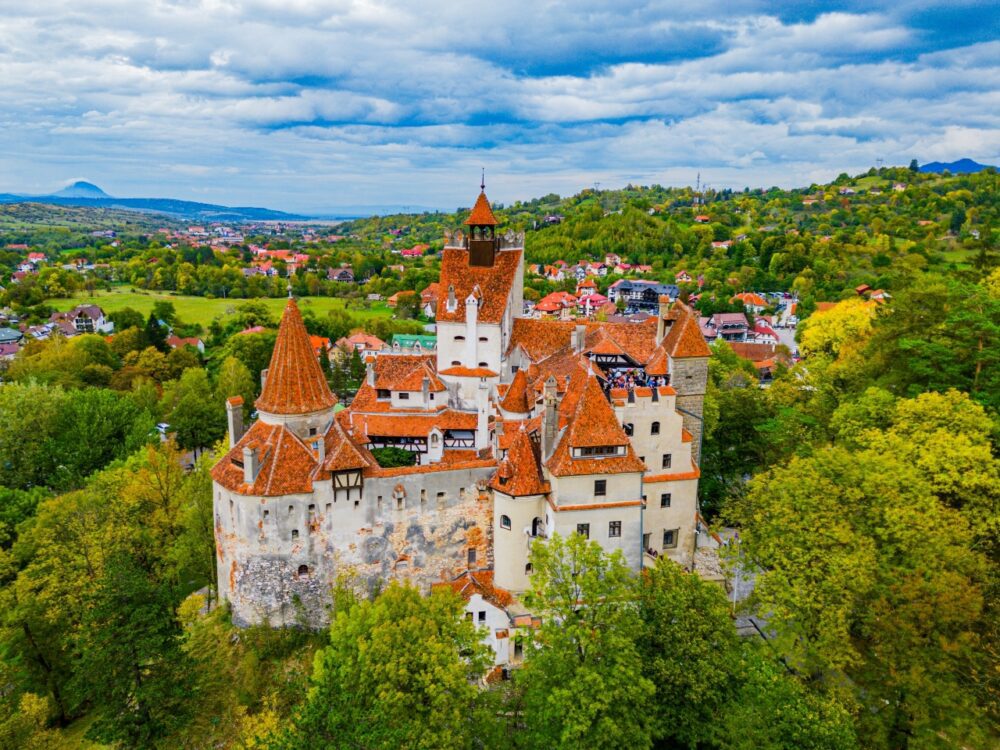
Bucharest’s location makes it an excellent starting point for exploring Romania’s scenic countryside and historic landmarks. Day trips to Bran Castle (often associated with Dracula), Peles Castle, and the Transfăgărășan Highway are popular options.
I took a day trip to Bran Castle and loved the journey through Romania’s picturesque landscapes. The accessibility of these attractions makes Bucharest an ideal base for a well-rounded Romanian adventure.
Cons – Things You Should Consider When Visiting Bucharest
1. Traffic and Congestion
Bucharest is infamous for its heavy traffic, especially during rush hours. Narrow streets, frequent construction, and a growing number of vehicles often result in gridlock. This can make driving or using buses a frustrating experience for both locals and tourists.
When I visited, navigating the city during peak hours required patience, with delays that stretched even short trips. Public transport like the metro is a better option for getting around, but it doesn’t cover all areas. Planning activities outside rush hours or choosing accommodations near attractions can help avoid traffic headaches.
2. Urban Sprawl and Aesthetic Inconsistencies
Bucharest’s rapid development has led to a mix of stunning architecture and neglected areas. While the city centre features beautifully restored landmarks, some neighbourhoods showcase rundown buildings, graffiti, and uneven pavements.
Exploring beyond the Old Town, I noticed the contrast between charming streets and those needing maintenance. This mix of aesthetics may feel jarring to visitors expecting a uniformly polished environment. Focusing on the historic core and well-maintained areas provides a more enjoyable experience.
3. Language Barriers in Some Areas
Although English is commonly spoken in tourist hotspots like the Old Town and major museums, communication can be challenging in smaller shops, markets, or suburban areas where Romanian is predominantly used.
I encountered a few moments of difficulty ordering food or asking for directions, especially outside the city centre. Learning basic Romanian phrases or using a translation app can bridge the gap and make interactions smoother. Locals are generally friendly and will try their best to assist, even with limited English.
4. Air Pollution and Noise
Bucharest’s busy streets contribute to air pollution and noise, particularly in central areas like Magheru Boulevard. High traffic levels and older vehicles add to the city’s environmental challenges, which can impact the experience for visitors sensitive to these factors.
During my trip, I found some streets overwhelming due to noise and fumes. Escaping to parks like Herastrau or Carol Park provided relief from the urban intensity. Packing for comfort and prioritising green spaces can help balance the hustle and bustle.
5. Pickpocketing and Tourist Scams
As in many major cities, tourists in Bucharest should be cautious of pickpockets and scams, particularly in crowded areas like the Old Town or on public transport. Overpriced taxi rides targeting tourists are another common issue.
I experienced a pushy attempt to sell overpriced services in a tourist-heavy area, but staying alert and using trusted apps like Bolt for taxis avoided problems. Keeping valuables secure and being aware of your surroundings ensures a safer trip and helps you focus on enjoying the city.
When to Visit Bucharest
The best times to visit Bucharest are spring (April to June) and autumn (September to October), when the weather is mild, and the city’s parks and boulevards are at their most picturesque. Spring brings blooming gardens, particularly in Herastrau Park, while autumn offers a golden charm and fewer tourists. Summer (July to August) is lively, with outdoor events and festivals, though it can get hot. Winters are cold but magical, especially around Christmas, when the city’s festive markets and lights create a cosy atmosphere.
How to Get to Bucharest
Henri Coandă International Airport (OTP), located about 18 kilometres north of the city, is the main gateway to Bucharest. It’s served by airlines like TAROM, Wizz Air, and Ryanair, offering direct flights from major European cities. From the airport, the 783 Express Bus or the train connects to the city centre affordably in about 30-40 minutes. Taxis and ride-hailing apps like Bolt are convenient alternatives but should be pre-booked to avoid inflated prices. Bucharest is also accessible by train, with direct routes from nearby countries, and long-distance buses link it to major Balkan destinations.
Where to Stay in Bucharest
Bucharest offers accommodation for every budget and style, often at excellent value:
- Luxury: Piata Unirii or Calea Victoriei – Stay near Bucharest’s top attractions. Consider The Marmorosch Bucharest, a five-star hotel blending history with modern luxury, or Radisson Blu Hotel Bucharest, known for its central location and high-end amenities.
- Mid-range: Lipscani (Old Town) – Ideal for nightlife and historic charm. Options like Europa Royale Bucharest or Hilton Garden Inn Bucharest Old Town provide comfort and convenience.
- Budget: University Square or Residential Areas – Affordable guesthouses like Podstel Bucharest or hostels such as Little Bucharest Old Town Hostel are perfect for budget-conscious travellers.
Getting Around Bucharest
Bucharest’s RATB public transport network, including buses, trams, and an efficient metro system, makes getting around affordable and straightforward. The metro is the fastest way to cover longer distances, with day passes available for unlimited travel. Walking is the best way to explore the Old Town and central areas like Calea Victoriei. For eco-friendly travel, i’Velo bike-sharing provides an excellent option during warmer months. Taxis and ride-hailing apps like Bolt are widely used, but traffic can be heavy during peak hours.
How Long to Spend in Bucharest
Two to three days is ideal for discovering Bucharest’s highlights, including the Palace of the Parliament, Revolution Square, and the charming Old Town. This allows time to visit Calea Victoriei, explore the Village Museum, and enjoy the city’s vibrant cafe culture. With an extra day, consider a day trip to Snagov Monastery, said to be the burial site of Vlad the Impaler, or the Mogosoaia Palace, a stunning example of Brâncovenesc architecture. Bucharest’s mix of history, architecture, and modern energy makes it a fascinating destination for a short city break.
Conclusion
So, is Bucharest worth visiting? Definitely! With its mix of grand historical landmarks, vibrant nightlife, and unique charm, Bucharest offers a travel experience that’s as fascinating as it is affordable. Highlights like the Palace of Parliament, the Old Town, and the city’s lush green parks make it a destination packed with variety. While it’s not as polished as some European capitals, its authenticity and character make it all the more appealing. If you’re ready to explore a city that’s equal parts history and energy, start planning your trip to Bucharest today—you’ll leave with stories to tell!
